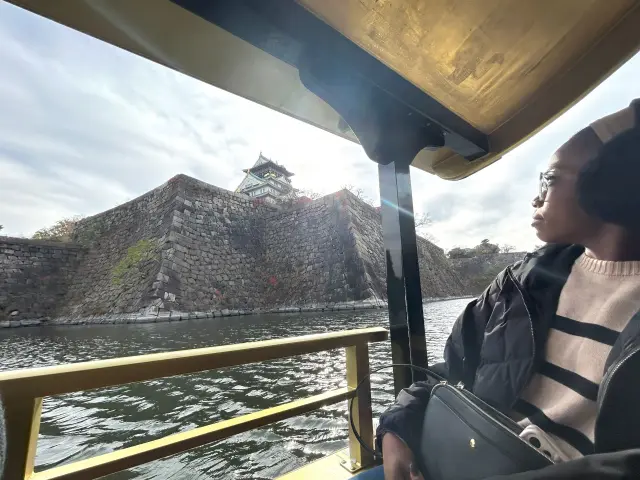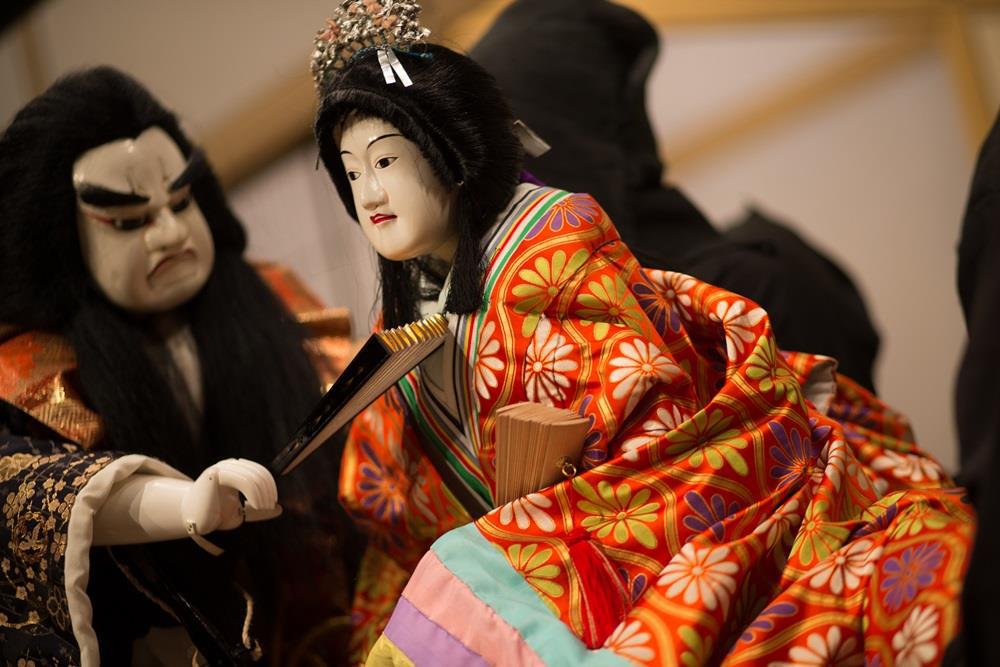
The journey of Ningyo Joruri, representing the heart and soul of Japanese people, from Nishinomiya to Tokushima
Last update
Ningyo joruri is a kind of traditional Japanese puppet show with narrations and music performed on the shamisen (Japanese string instrument). As the plots for joruri are usually centered around human drama, the timing of the music between narrations is very important, and the skill of the puppeteers in effecting the eye movements and gestures of the puppets is essential, in order to express the delicate and subtle emotions typical of Japanese people. Other traditional Japanese performing arts, including bunraku and kabuki, are actually descendants of ningyo joruri.
Ningyo joruri actually originated in “Ebisukaki” of Nishinomiya Shrine in Nishinomiya City, Hyogo Prefecture. During the Muromachi period, puppeteers, called Kugutsushi, who lived near the shrine started to travel around Japan to perform in order to spread the blessings of Ebisu, the god of good fortune. The Ebisu faith is still in evidence throughout the country to this day, and largely due to the influence of these puppeteers. Thereafter, during the Edo period, these puppet shows were introduced to Awaji and Shikoku Islands as ningyo joruri.
Awaji Ningyo Joruri—from Shinto culture to entertainment for the masses
Awaji Ningyo Joruri started after Hyakudayu, the founder of ningyo joruri, moved to Awaji Island in the late Muromachi period. Originally a religious event dedicated to a god, it later became a form of entertainment for common people.
This performing art is very different from many others due to its flamboyant and daring staging, impressive quick costume changes, and dynamic set changes. Another prominent feature of this style is that, unlike similar art forms, both men and women take part in the play as puppeteers, narrators, and shamisen players. Many joruri companies that originated on Awaji Island performed on tours throughout Japan, which led to joruri gaining nationwide fame. It was once so popular that some troops were treated exceptionally well by feudal lords and powerful local people. However, over time, the popularity of the shows gradually faded and the number of joruri companies dropped off, finally resulting in just the one active company at present. Their performances can be enjoyed at Awaji Ningyo-za, a theater located in Minamiawaji City, which faces the Naruto Strait, famous for its large whirlpools.
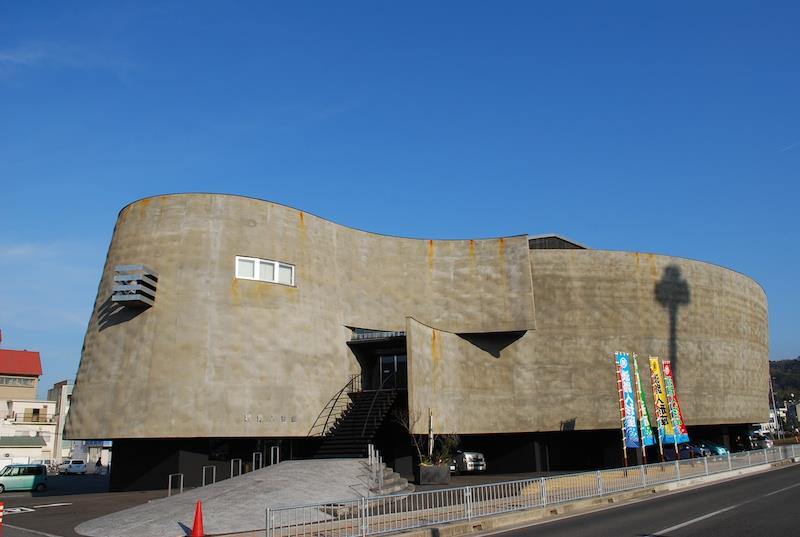
At this theater, joruri performances have been performed since 1964 by the diehard loyalists who have tried to preserve the traditions of Awaji Ningyo Joruri, inheriting the tools and equipment used by the Yoshida Denjiro Company, one of the major companies of the time. 17 plays are performed here, including “Ebisumai (Dance of the God of Good Fortune, Ebisu),” which is one of the oldest plays of ningyo joruri. In an attempt to raise its profile, the theater offers a backstage tour before some shows, that includes the basics of puppet handling techniques. The company has also been invited to give shows in 28 countries, which has resulted in a worldwide fan base.

Awa Ningyo Joruri, spread with the help of the indigo business
Tokushima was one of the major places where joruri companies from Awaji Island performed, often by invitation of the feudal lord of the Tokushima Domain. However, a further reason why joruri became so popular was because of the vigorous support offered by some successful merchant families who grew indigo and sold indigo-dyed products. Performances were sometimes given several days in a row in places where indigo growing was a big business, such as spots along the Yoshino River. The vivid, deep blue color that indigo produced is now recognized as Japan Blue.
As the Yoshino was prone to frequent flooding, it was generally known as a wild river. When these overflows happened, rich nutritious soil, suitable for the growing of indigo, surged into the indigo fields. However, despite the benefits of this, the indigo farmers also had to suffer the discomfort and problems associated with the deluge. To console these farmers, the merchants provided opportunities for them to enjoy the puppet shows from Awaji for entertainment, and keep them happy and onside.
In the southern part of the prefecture, especially the areas by the Naka and Katsuura rivers, or the coastal area, there was no indigo farming, and the people did not have the chance to watch the professional shows. Therefore, the people here started performing shows themselves, and this was the origin of Awa Ningyo Joruri. At its peak during the early Meiji period, there were as many as 70 companies in Tokushima Prefecture, and they visited almost every corner of the region, often performing outdoors. For this reason, the dolls were often bigger and shinier to make them look more impressive from a distance.
At present, at Awa Jurobe Yashiki, more than ten kinds of plays are performed in a theater designed like the outdoor “Farm Stages” that often appeared on the grounds of shrines. One of the plays of Awa Ningyo Joruri most popular among the locals is “Keisei Awa no Naruto,” a drama that depicts the love between a mother and her daughter, involved in a family feud within the Tokushima clan . In addition to traditional plays, some plays have been created that cleverly incorporate new trends and fads. For example, in 2020, there was a play focusing on the theme of preventing COVID-19 infection. Awa Jurobe Yashiki is also a museum where visitors can handle the puppets and look at stage equipment.
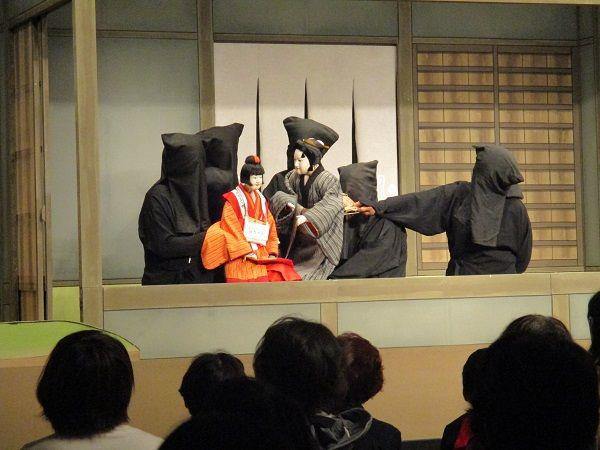
Ningyo Joruri originated in Nishinomiya and was later introduced to Awaji Island and Tokushima, capturing people’s hearts with stimulating and emotional stories of familial struggles or romantic liaisons, based on, or around, the current situation and issues of the time. Aspects of this form of entertainment were also inherited by other performing arts, like bunraku and kabuki, as well as modern-style shows, such as theatrical plays and musicals.
Check also...

Consider your accommodation in the Kansai area!

Restrictions on Large Baggage

Reviving Past Memories and Emotions! Three spots related to the Food and Fragrance of Awaji Island!!!

Hidden Stories in Stone: Exploring Japan’s Castle Walls

Feel Like a Lord: Castle with Stunning Panorama Views

Experience the True Essence of Japan through Castles, Cultural Treasures, and Timeless Gardens
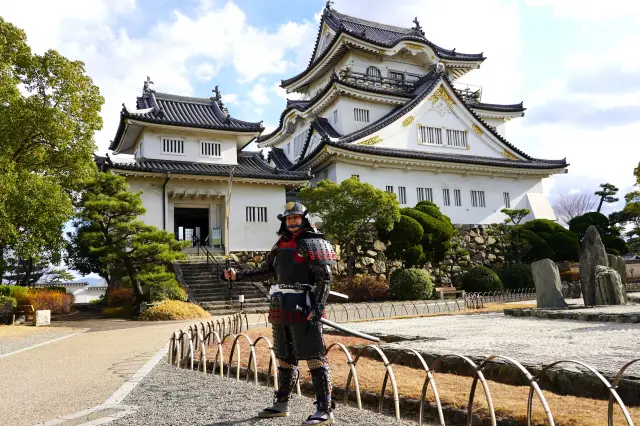
Exploring the Roots of Festivals: A Journey of Understanding Local Bonds and the Preservation of Culture
